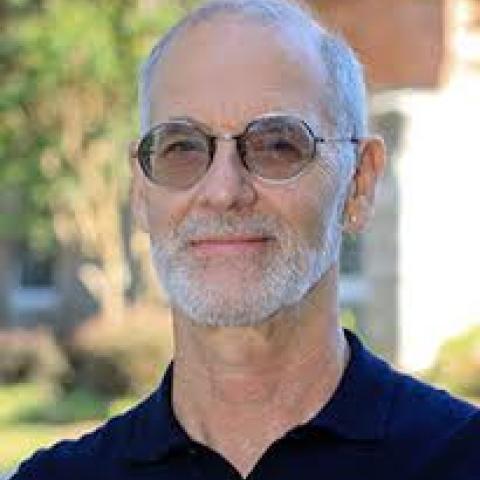Will Smith
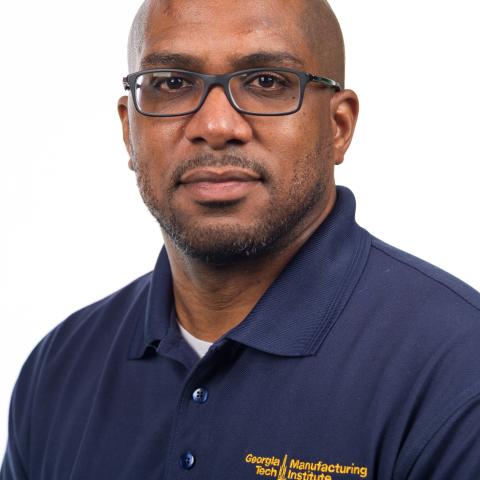

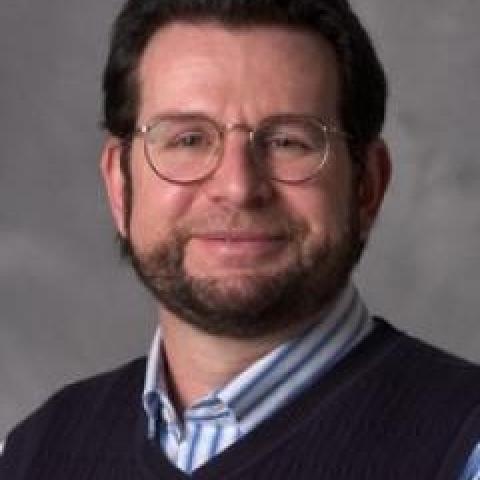
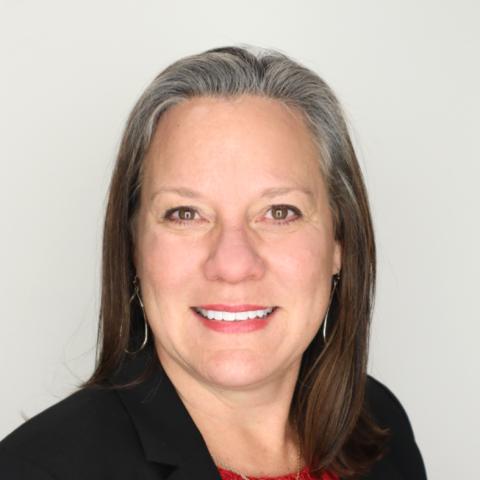
As Director of Activities for three of Tech's Interdisciplinary Research Institutes: the Strategic Energy Institute, the Renewable Bioproducts Institute, and the Brook Byers Institute for Sustainable Systems, I'll help bring together researchers from different disciplines to address topics of strategic importance. Each interdisciplinary research group mobilizes faculty to address the needs of external stakeholders (federal, state, and local entities, corporations, foundations, and communities) by fostering an Institute-wide innovation ecosystem around a specific focus.
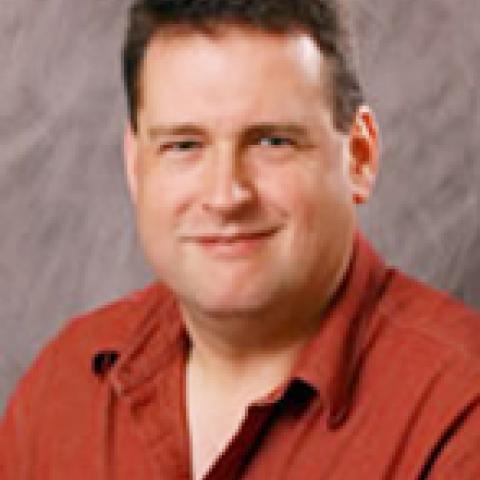
Scott Sinquefield completed his Ph.D. in Chemical Engineering in 1998 at Oregon State University. He spent three years working with the Multi-Fuel Combustion Group at the Combustion Research Facility at Sandia National Labs (Livermore); where he performed the experimental portion of his thesis research. He joined the Chemical Recovery group at IPST in 1998 and was lead.engineer in the construction and operation of the Pressurize Entrained Flow Reactor facility. He now leads the research program on black liquor gasification. He has extensive experience in the design and construction of pilot research reactors and control systems. He also has expertise in boiler fire-side fouling and thermodynamic modeling of aqueous electrolyte systems.
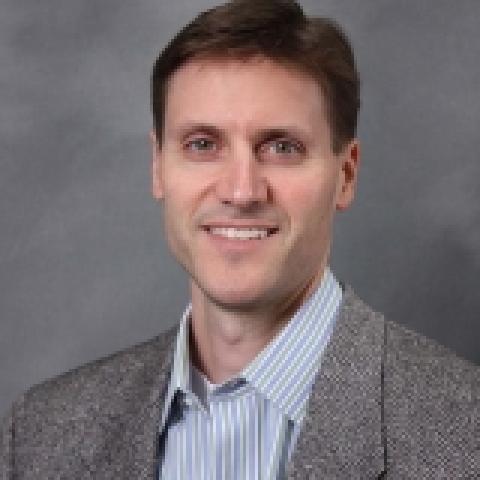
Richard Simmons is currently a Principal Research Engineer and Fellow at Georgia Tech’s Strategic Energy Institute (SEI) where he directs cross-cutting energy projects with an emphasis on clean electric power, vehicle efficiency and alternative fuels. Simmons is also director of the Energy Policy and Innovation Center (EPICenter) whose objective is to perform research and outreach in energy policy and innovation with a distinctively regional perspective. He is also a part-time instructor in Georgia Tech’s Woodruff School of Mechanical Engineering, with a specialization in design, mechatronics and thermal systems.
Simmons received his BS from Georgia Tech, and MS and Ph.D. from Purdue, all in Mechanical Engineering. He is a licensed professional engineer (PE) with more than 20 years of RD&D experience in automotive, advanced materials, and alternative energy and fuels.
From 2009 to 2012, he served a prestigious American Association for the Advancement of Science S&T (Science and Technology) Policy Fellowship at the U.S. Department of State, providing technical analysis on international policy issues related to renewable energy. He has recently authored numerous publications including an open-access eBook entitled “Understanding the Global Energy Crisis” (Purdue Press, 2014), several book chapters and journal articles related to advanced energy technologies, transportation energy technology, and future energy policy strategies.
Biofuels


My current research involves the modeling of certain types of human activity that exhibit regular spatio- and/or temporal patterns. As a case study, we have generally focused on various types of criminal behavior, since there are clear patterns in this activity and we have access to relatively large amounts of data. A large portion of this work aims to model the formation and dynamics of crime "hotspots" - spatio-temporal regions of increased criminal activity. Working with data provided by the Los Angeles and Long Beach police departments, we have developed methods of measuring the repeat and near-repeat criminal events that are the hallmarks of hotspot formation. We have also constructed a family of discrete models that allow for such patterns to develop from natural criminal behavior, and have derived continuum approximations of these discrete models. Some output from one of many simulations (right) illustrates this finding, with "hot" areas in red and "cold" areas in purple.
In addition to the work on crime hotspots, this overarching project has also included: more accurate predictions of when and where crimes will occur, based on self-exciting point process models borrowed from seismology; the study of gang territoriality, modeled via diffusive Lotka-Volterra equations; gang retaliatory violence, and how the police may be able to solve such crimes using constrained optimization; the evolution of gang rivalry networks in the presence of retaliation and third-party effects; game theoretic models for the levels of both crime and cooperation with the authorities in society; and new methods for finding the "anchor points" of criminals given the locations of crimes they committed, based on models inspired by animal foraging.
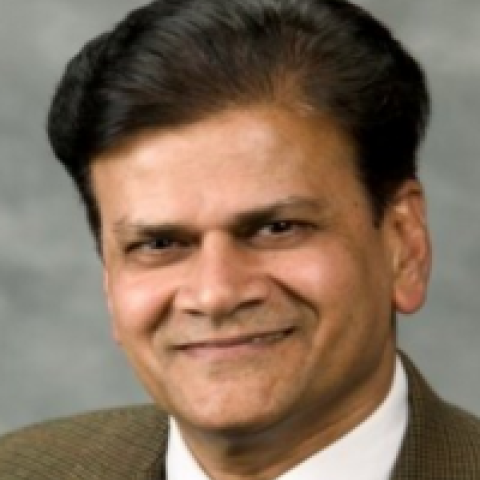
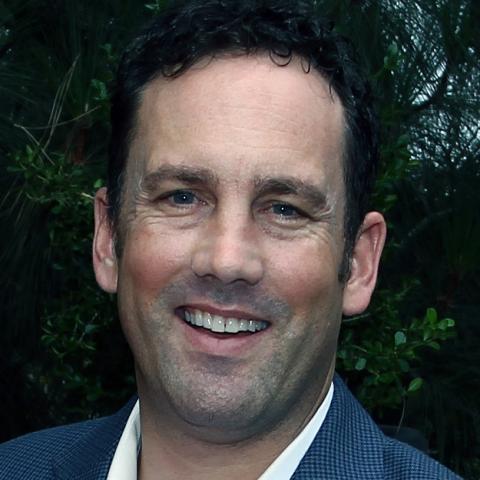
Whether we’re driving a car, cooking dinner, performing a psychology experiment, or even watching television, we’re performing goal-directed behavior. We must keep track of our current goal (e.g., to cook dinner), so that we do not execute responses inappropriate for the present situation (e.g., sitting down to watch television). Yet, we must also flexibly adapt our goals to changing situations. For example, we must override our “cooking” goal with an “answering” one when we hear the doorbell ring. My research focuses on the mental processes required to carry out these and other types of goal-directed behavior.
A complicated set of mental processes are involved in behaviors like these. In addition to maintaining and updating our goals, we must attend to relevant stimuli, store relevant information in memory, and select and execute appropriate responses. What is the nature of these processes? How do they interact? What are their limitations? How do they change with training? And what are the neural mechanisms underlying them? These are the types of questions I investigate using a variety of experimental techniques: including behavioral testing, functional neuroimaging, and magnetic stimulation.
